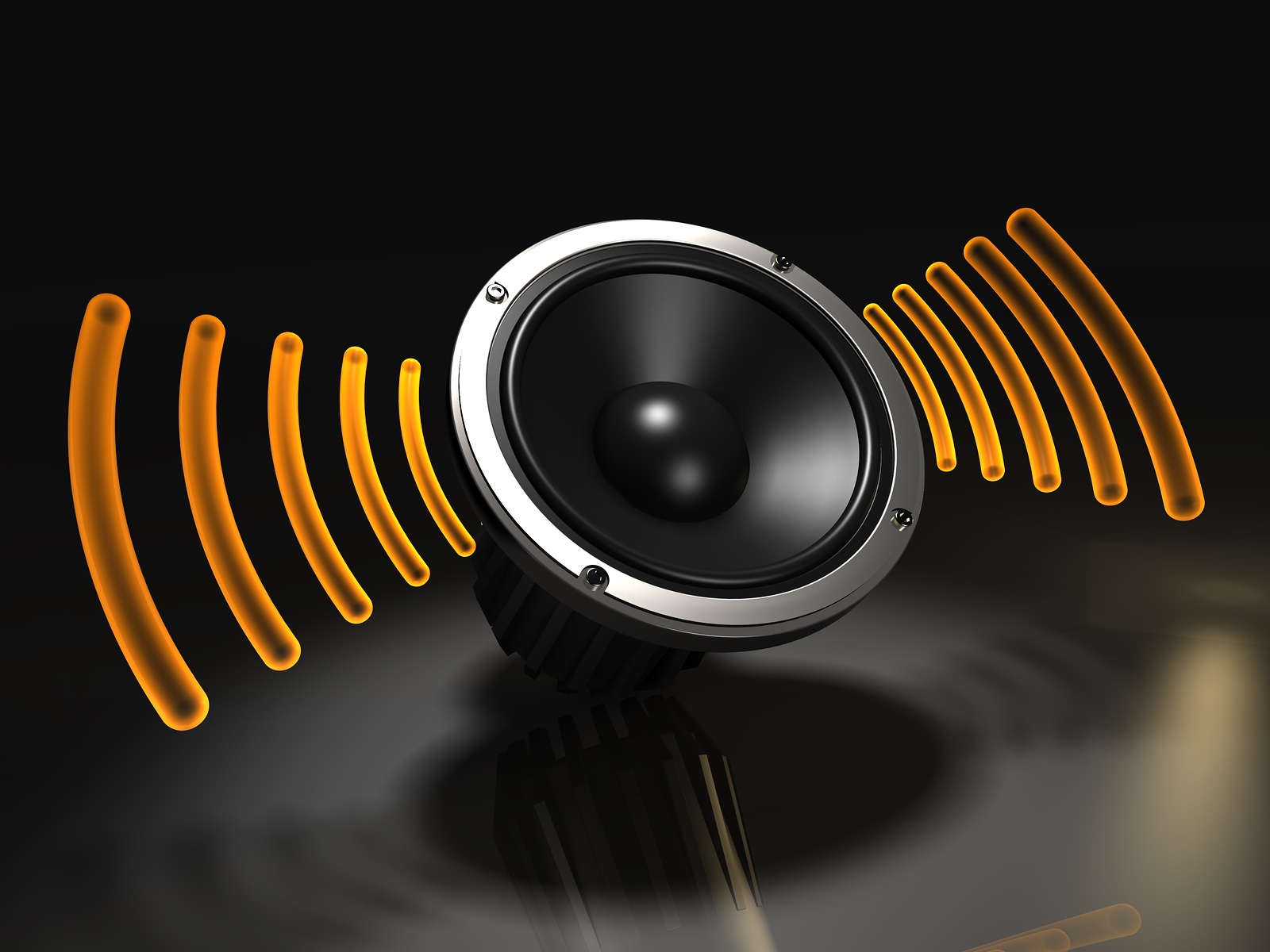

The shapes of the ossicles provide inspiration for their nicknames. The incus, in turn, is attached to the stapes (the “stirrup” or “footplate”). The bone directly attached to the eardrum is the malleus (“the hammer”), which is connected at its other end to the incus (“the anvil”). These three bones are the smallest ones in your body. When the eardrum vibrates in response to sound waves, these bones are set into motion as well.

Here’s how that process unfurls: The eardrum is attached to a chain of three small bones, known as the ossicles. In this part of the ear's anatomy, sound waves are amplified before they are delivered to the inner ear. Step 2: Sound moves through the middle earīehind the eardrum is the middle ear.

“The eardrum is a paper-thin layer of a membrane that essentially vibrates as soon as sound waves hit it-very similar to a drum,” Dr. Next, sound waves hit the eardrum, or tympanic membrane, setting it in motion. The pinna is the visible portion of your ear, and its funnel-like shape is well-engineered: As sound hits the pinna, it filters and amplifies sound waves, and chutes them along into the ear canal, Dr. When a sound occurs, it enters the outer ear, also referred to as the pinna or auricle. How humans hear Step 1: Sound waves enter the ear. Our brain uses these signals to organize and communicate with the external world. “It's quite a complex and intricate system,” Omid Mehdizadeh, MD, an otolaryngologist ( ENT) at Providence Saint John’s Health Center in Santa Monica, Calif., tells Healthy Hearing.īut how exactly does this process unfold? We've put together a step-by-step explanation of how people hear-from the moment sound waves arrive to the outer ear, then travel through the middle and inner ear and transform into meaningful signals sent on to the brain. Pause to think about it, and our body’s ability to translate noise into sound is incredible.


 0 kommentar(er)
0 kommentar(er)
